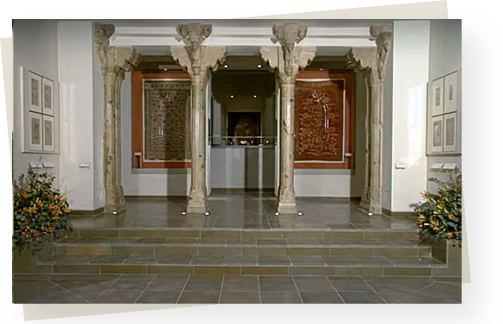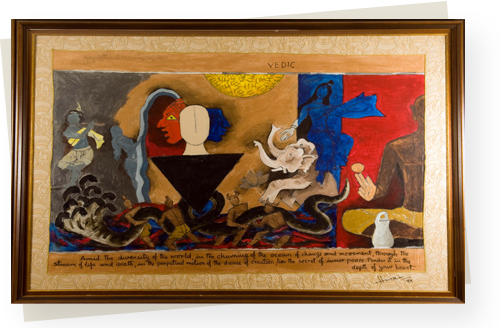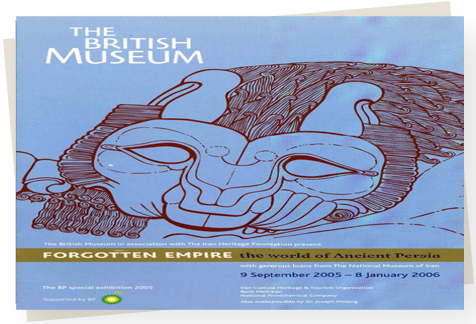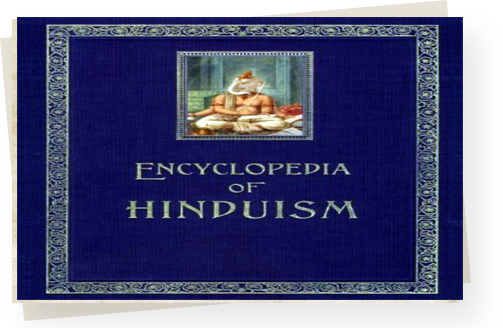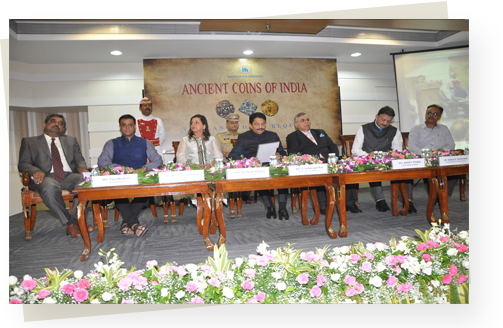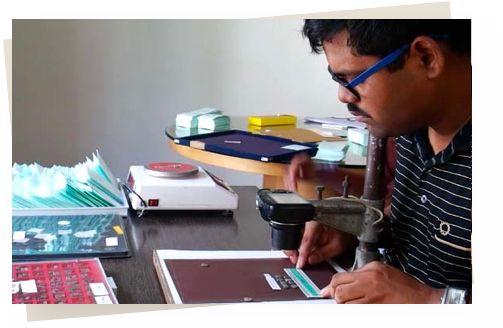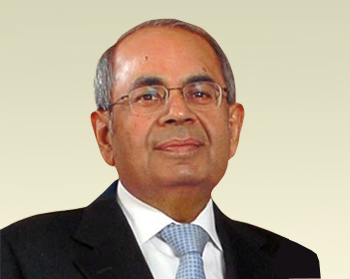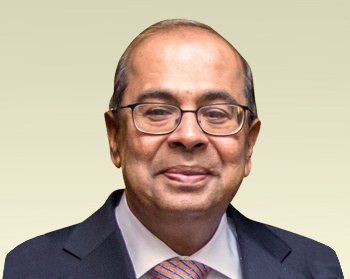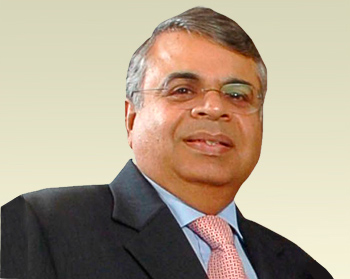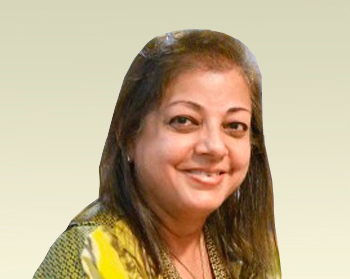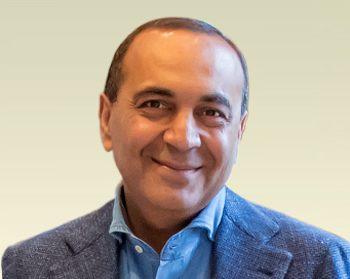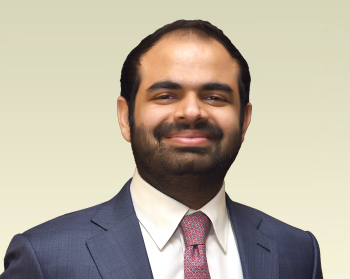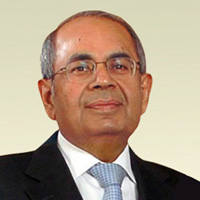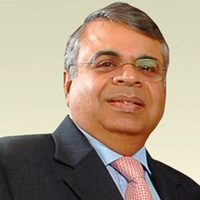About Hinduja Heritage
At the core of the bequest to the Hinduja Foundation is a large number of coins from ancient India. Paintings, bronzes and stone sculptures, terracottas, wood carvings, erotica, textiles and beads also form a substantial part of the collection. These antiquities are of historical interest and are illustrative of the art, craft, literature, science, religion and customs of a bygone era.
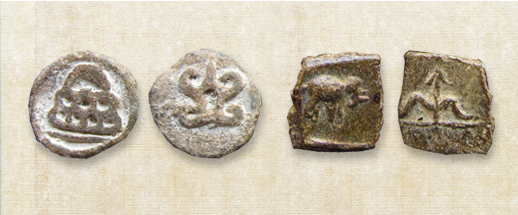
About Hinduja Heritage Collection
The most extensive collection of India's glorious history and culture.
The Lance Dane coin collection is one of the foremost numismatic collections of the period 600 BCE to 600 CE, with most of the coins in silver, copper, lead and potin metal.
The collection features a comprehensive set of punch-marked coins (India's earliest known coinage) that's among the best known in the country. There is a good number of imperial silver punch-marked, as well as certain local Janapada punch-marked issues from Magadha, Kasi, Kosala, Kuru, Panchala, Surasena, Avanti, Gandhara, Chandraketugarh and Sakyas.
There's also a large number of local, tribal, monarchical and city issues from the post-Mauryan period. Other coins are related to Abhiras, Anandas, Pandyas, Vallabhi, Guptas the later Guptas, Yadavas of Devagiri, Kalachuris and South Indian dynasties.
Some coin series are probably the most comprehensive that we know of anywhere, like the Satavahana Dynasty (150 BCE to 250 CE) and the Western Kshatrapas (first to fifth century CE) which are amongst the earliest dated coins of India.
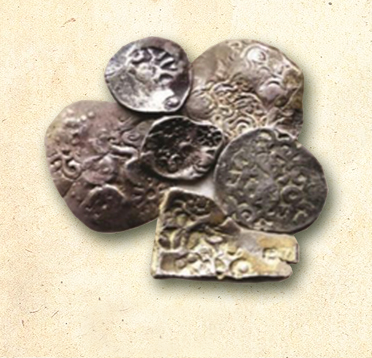

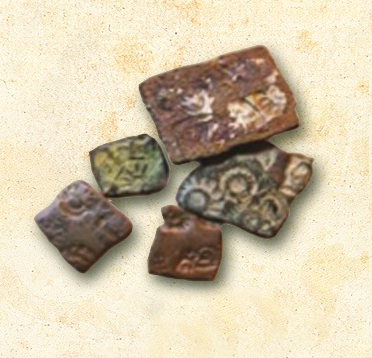
Sculptures of gods, goddesses and animals in bronze and stone in the collection represent other aspects of the ancient arts of India. Lance Dane also collected Indian erotica to highlight moksha, the ultimate aim of Hindu life, attained through dharma, artha and kama. And the photo archives here are a valuable record of Indian art and coinage photographed by Lance Dane across India and abroad, including from private collections, museums and trade.
The collection has been a subject of continuing PhD research and is a fount of historical information that can be used for exhibitions to create awareness and appreciation of Indian heritage for students, scholars and the community at large.





